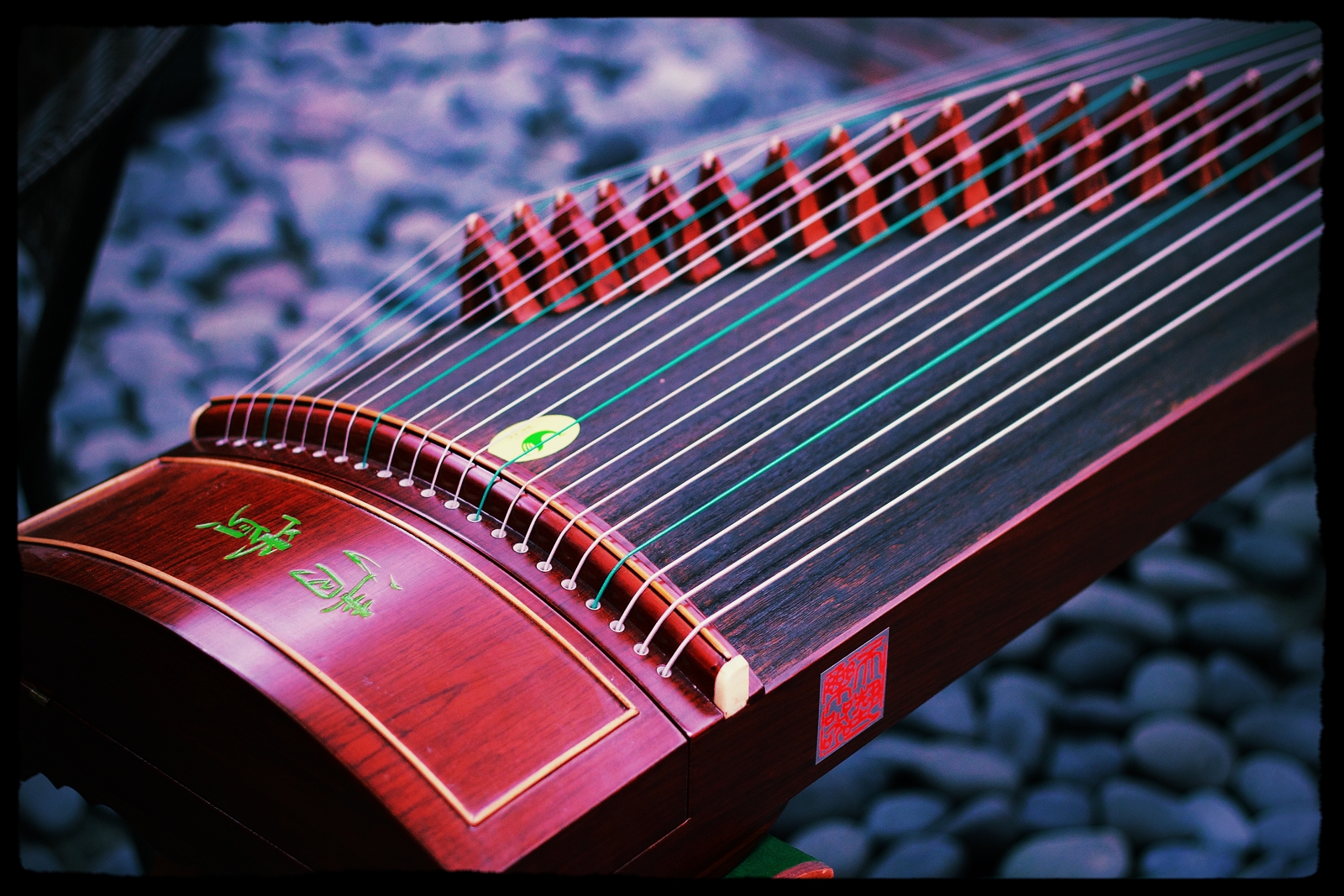Photo by Lien Bryan
When somebody mentions Chinese music, what comes to mind? Simple? Traditional? Or lack of beats?
Chinese music enjoys a long history and can be traced back over 3000 years, together with the most common musical instrument, Guzheng (Chinese zither), by which most of the ancient Chinese music is produced.
Before the Warring States period (475-221BC), music was only for the royal family. The Palace had its own group of musicians to play music on important festivals or as a way of diplomacy. These musicians also cultivated their own students and soon during the Warring States period, music began to widely spread among common people, especially as the royal family was losing its control over the state.
Photo by PYA
It was at that time that the early type of zither emerged, but the true origin of this instrument is still a mystery. Legend has it that two sisters were fighting over another musical instrument called Se. The Se broke into two during the fight and one of the pieces then became Zheng, which has the same sound as "fight" in Chinese.
As was born among common people, the zither has always been regarded as a civilian instrument and reached its popularity peak during Han dynasty. Ruan Yu, one of the seven most well-known scholars during Eastern Han period (25-220AD) who was also a proficient player of zither, wrote an article The Ode to Zither. In the article he said, the zither stands out among all instruments due to its subtlety and in the five notes. The highest note sounds light and crisp, and the lowest sounds heavy and solid. When all five notes played together, you can feel both the stillness and movements along with the smooth transition between the high and low.
Because of this unique sound feature, the zither is often played solo and hence is regarded as "oriental piano". Unfortunately as most of the music were passed by mouth, few could remain to these days. People now can only imagine the ancient zither through historical records.
Fisherman's Song At Dusk
The zither first appeared with only 13 strings made of silk and movable bridges in the middle to adjust the key. Its long wooden body was like an empty box to allow the sound echo. During the historical time, the playing techniques were very limited, with only plucking actions by right hand and pressing actions by left. The melody created by these techniques can be really simple and monotonous.
In the 20th century when Western music began to appear in China, new types of music like jazz and rock soon grabbed the ears of Chinese people. The catchy rhythm, the rich quality of the sound soon became the trend, which triggered the development of Chinese zither.
The modern zither now has 21 strings instead of 13, but the rest maintain the same. The both ends of its body usually have different carving design as decoration, and was propped up by two stands when played. The most famous, or perhaps the oldest zither music remained, was the one composed by Shuhua Lou in the 1930s, called Yu Zhou Chang Wan (Fisherman's Song at Dusk) which opened a new era for zither. The music depicts a stunning view of a rippling lake at sunset by nimbly circling around the five notes from the highest octave to the lowest, which also gives liveliness to the music.
In 1965, a new song Zhan Tai Feng (Fighting Against Typhoon) further developed the playing techniques to the zither. The left hand was freed from only pressing actions and now both hands can do plucking and pressing. Other new techniques like swaying and sweeping actions were also created to enrich the sound. From then on, apart from little flowing streams, the zither can imitate sounds like scenic countryside, rapid water tides, thunderstorms, and even horse hooves.
“Soon there isn’t really a consciousness that ‘this is Chinese’ and ‘this is Western’, only that ‘this sounds good’ and ‘this sounds bad’.”
After 21th century, the zither began to get mingled with Western instruments, which poured fresh blood into the music world. For example, songs like Fragrant Jasmine is played by both zither and violin, and The Eternal Sorrow of Lin'an is accompanied by piano. The distinct sound of the zither can be even more accentuated by the foundation of Western instruments.
Perhaps these successful mixing creations can show us the light on the future development of both Western and Chinese music. Just as ethnomusicologist Lindy Mark once said: "Soon there isn't really a consciousness that 'this is Chinese' and 'this is Western', only that 'this sounds good' and 'this sounds bad'.


